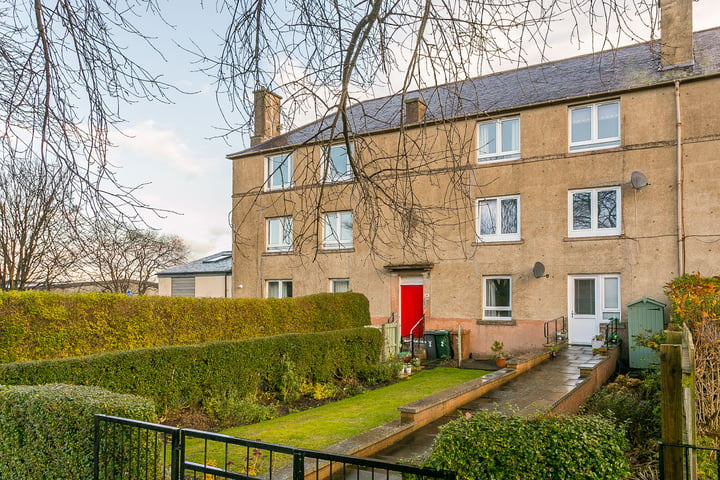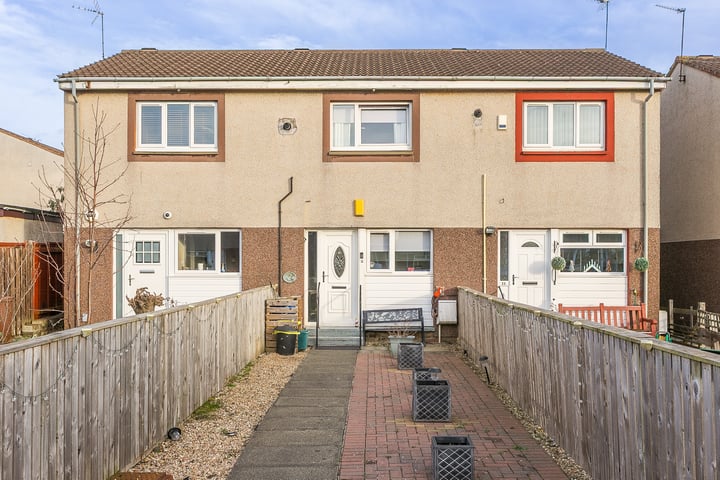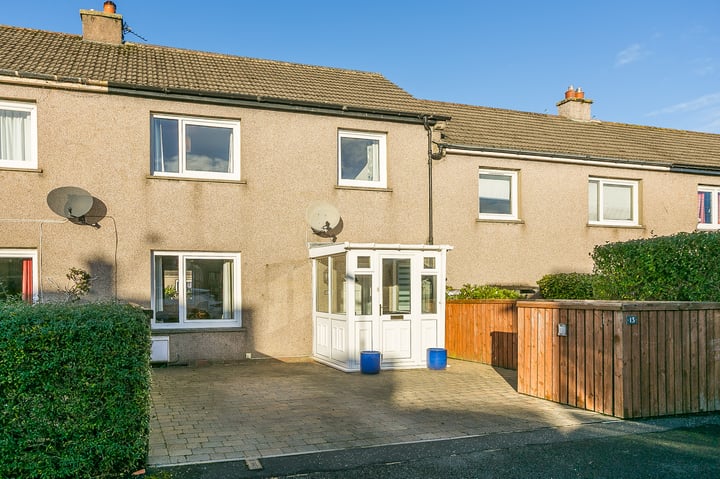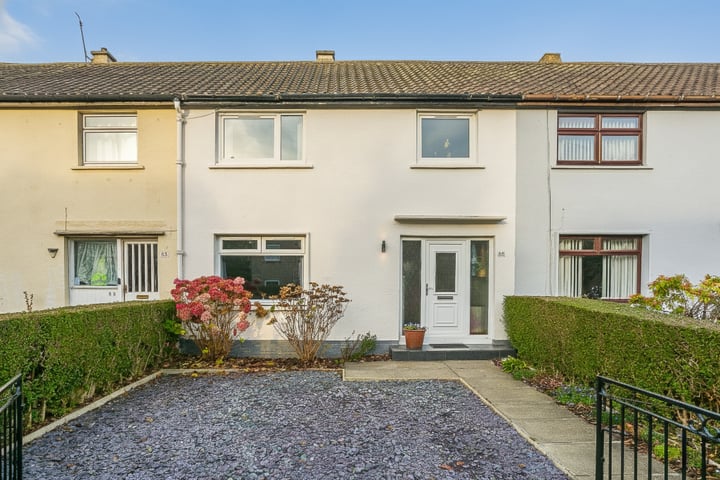On average, a house viewing lasts around 30 minutes. That means in less than half an hour, buyers all over the UK make one of the biggest, most impactful decisions of their lives: choosing their new home.
With only a short window to view the property, crucial details can slip through the net, resulting in regrets further down the line once the sale is final. Thankfully, Scottish buyers have access to a detailed Home Report for every potential property that catches their eye, so taking the plunge can be that little bit easier. For more information on this, read our blog on five things to look out for in the Home Report.
Nonetheless, while the Home Report is essential in deciding whether the property is for you, nothing beats seeing it with your own eyes. We’ll discuss what to watch out for during your next house viewing to ensure your move goes off without a hitch.
The Neighbourhood
Remember: you can choose the house, but not the location. For many, properties take priority during a viewing, but it’s important to consider the surrounding area to ensure it fits your lifestyle. Assess the following during your next house viewing, and don’t be afraid to ask the current owner questions to get a feel for their experience.
- The noise levels of the area (is the property near any busy roads, pubs or stadiums?)
- What are the nearby schools like?
- Are there regular, reliable transport links?
- Is the property underneath a flight path?
- What are the local community and neighbours like?
- How far are the local shops and amenities?
- Is there entertainment nearby?
- Are there any green spaces within walking distance?
- Are there any upcoming developments in the area?
- Is the property in a conservation area?
Note that many of the answers to the above will be in the Home Report, but it’s always a good idea to speak directly to the current owner or agent if you can.
General Condition
A viewing is a great opportunity to assess the general condition of the house. Pay attention to any cracks in the walls, how fresh the paint is (as it may hide signs of damp), and the state of the carpets, floorboards and skirting boards. Check the doors for creakiness and evaluate how insulating the front door is to prevent a drafty home.
Generally, you want to estimate the level of TLC the property needs and decide how much money and time you’re willing to put into it.
Windows
Good, solid, and well-insulated windows are essential to keeping your home warm in the winter and cool in the heat. Check for condensation, as this can indicate poor insulation and may require double-glazing installation to save energy and adequately heat the home.
Are the window frames cracked, or do they show signs of rot? If you can easily push your finger into the window frame, it may be rotten. These will need replacing.
If the owner has had new windows fitted, these should come with guarantees. Be sure to ask them, so you know you’re covered.
The Roof
A property’s roof has a life expectancy of only 15 to 20 years, depending on the materials used. Unfortunately, replacing a roof is an expensive ordeal, so it’s important to ask about its history and accurately assess its condition.
If the property’s roof is flat, ask about the materials used to seal it. New roofs are often fitted with a membrane and are better than asphalt and gravel, which can leave seams and edges unsealed.
Damp
During the viewing, keep an eye out for signs of damp. The giveaways are a mouldy smell, mildew, watermarked walls and ceilings, and peeling or flaking plaster. Damp is especially common in the bathroom, so be extra vigilant when inspecting. If any rooms look recently repainted, this may be covering the telltale signs — don’t be afraid to ask the owner or agent. Damp can lead to health issues and is difficult to remove, so make sure.
Plumbing
Ensure the plumbing is up to scratch by flushing toilets and running taps and showers to check the water pressure. Check the pipes to guarantee they’re well insulated and without defects — note that if the pipes are lead, they’ll need to be replaced. If you can, see how long it takes for the radiators to heat up and retain their warmth. Check under sinks to ensure the cupboards are dry and free from damp.
Furniture, Fixtures and Fittings
Clever staging can make a home feel ready to move into immediately — cosy furnishings, inviting scents, and strategically placed pieces can make rooms look bigger and more appealing. Try to remain objective and imagine what the home will look like without the extras. Speak to the owner and see what they’re leaving — with the perfect light fittings, mirrors or futon gone, is the home really what you want?
Natural Light
A good source of natural light throughout the day is important for many buyers, especially those who work from home, have a garden or just want to benefit from the sun’s natural endorphin booster.
Check which way your potential new home is facing. South-facing rear gardens are desirable as they get the most sunshine throughout the day, making them great in the summer. North-facing rear gardens, on the other hand, get little sunshine as the house blocks the sun as it rises and sets.
View the home in the afternoon to assess how much natural light shines into each room. Bear in mind, however, that rooms that capture the sun can also get unbearably hot — visiting in the brightest light can help decide if it works for you.
Thinking of Selling Your Property?
Fill in our free online home valuation form here
Call us on 0345 646 0208 (Option 1)
or email [email protected] to organise a free valuation of your home or to get a full, transparent breakdown of the costs of selling your home.
Thinking of Buying?
Get a quote for buying online here
Call us on 0345 646 0208 (Option 2)
or email [email protected], and we’ll be happy to help.






Leave a Reply